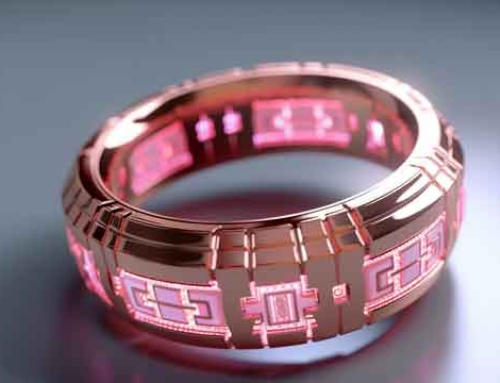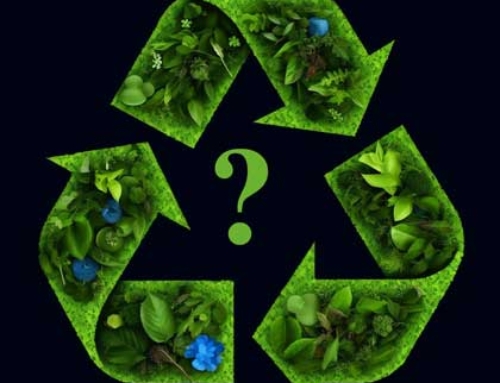GemFind Digital Solutions recently published the latest edition of its semi-annual report “Diamond Click Trends”, which analyses hundreds of online searches conducted by diamond buyers, and this is what the study shows about consumer search – and the priority they give to diamond characteristics – when searching online shops for diamonds.
The most popular carat weight is from 1 to 1.25 carat
Most of the other consumer research focuses on diamonds from 0.75 carat to 1 carat. “The trend is the same as in the engagement ring market and is equivalent to the spending and income levels of Generation Y and others planning to get engaged,” the report explains. “The sizes from 1 carat to 1.25 carat remain the most sought-after.”
The round remains the most popular cut
And by far! But ovals have gained in popularity and slightly surpassed cushions and princesses in online searches. According to the report, square sizes (cushions, princesses, Asscher) dominate one-fifth of consumer research on sizes overall.
The most popular colors are G, followed by H and F
“The difference between DEF and G colors is not easily visible to a consumer, it is more a matter of rarity than beauty,” the report says. However, the predominance of the G-H colour range clearly shows that “consumers understand the colour of diamonds and the pricing of these coolers in relation to the DEF range.”
Buyers give priority to purity but only partially understand it
“The majority of the largest segment of research in terms of purity concerns VS1 and VS2,” the report says. Together, they represent nearly 40% of all searches. Research on higher purity reflects consumer knowledge and understanding of products in general. Usually, a customer will seek the best quality, without a clear understanding of the purity levels. “Some people understand that an SI1 or even an SI2 can be just as beautiful and brilliant as a VS stone. On the other hand, the very high levels of purity that are IF, Flawless VVS1 and VVS2 occupy a very small part of the research. Consumers show a preference for stones without inclusion. And even if SI stones are clean to the eye, the lack of consumer attraction for these categories reflects the ideas in vogue in the diamond market.”
Knowledge of grades is also limited among consumers
Most consumers do not conduct research on cutting grades, the study says. But for those who do, “the Excellent grade predominates in the category“. Excellent grades are rare and expensive and the number of stones resulting from this research is limited. “Of the 4Cs, it is the grade of cut that the consumer understands the least.”
Knowledge of diamond grades and the GIA is even more limited
“Those looking for diamonds based on their certificate show a strong preference for those from the GIA, according to the study. Consumers are not aware of other laboratories. As research on certificates shows, most buyers are aware of certain aspects associated with the added value of a GIA certificate. The premium associated with a GIA certificate can range from 5% to 20%, depending on the stone.”
Most diamond buyers do their research in February and March
The study concluded that “men research diamonds and schedule their engagement for early spring.“







